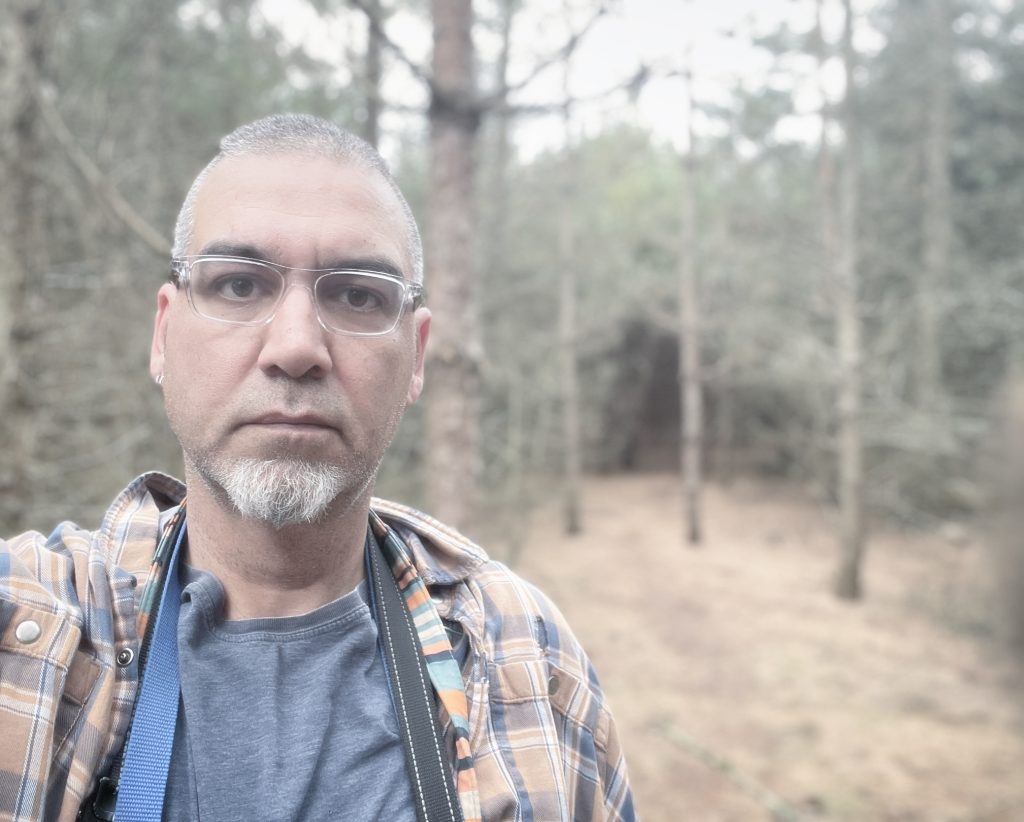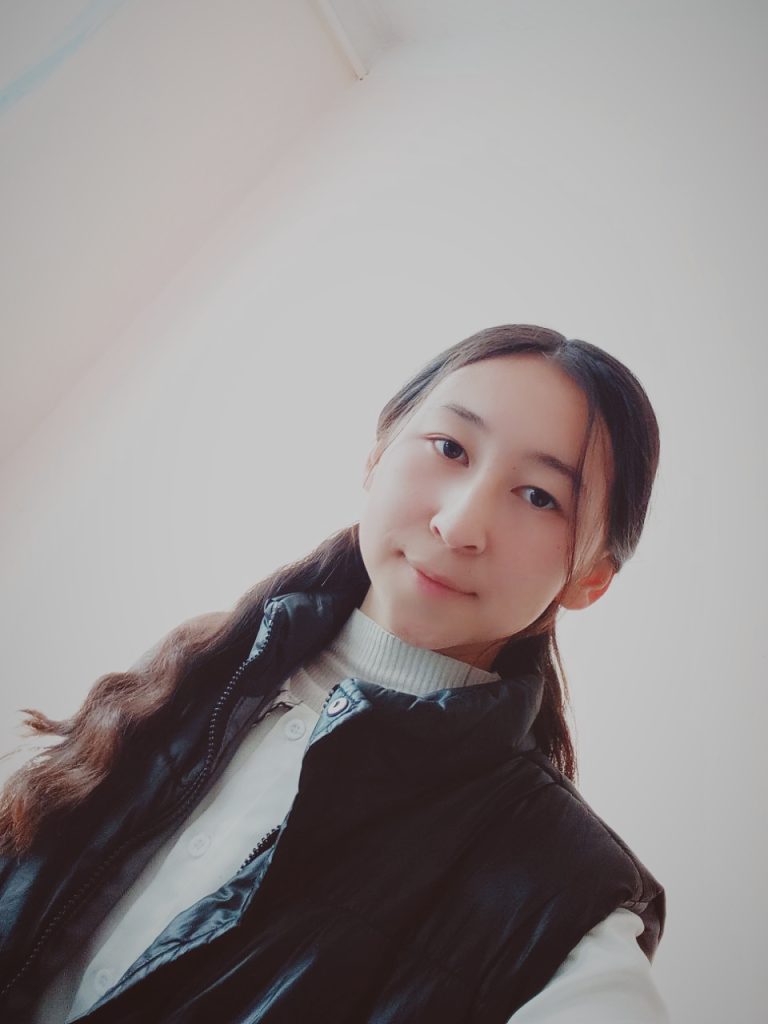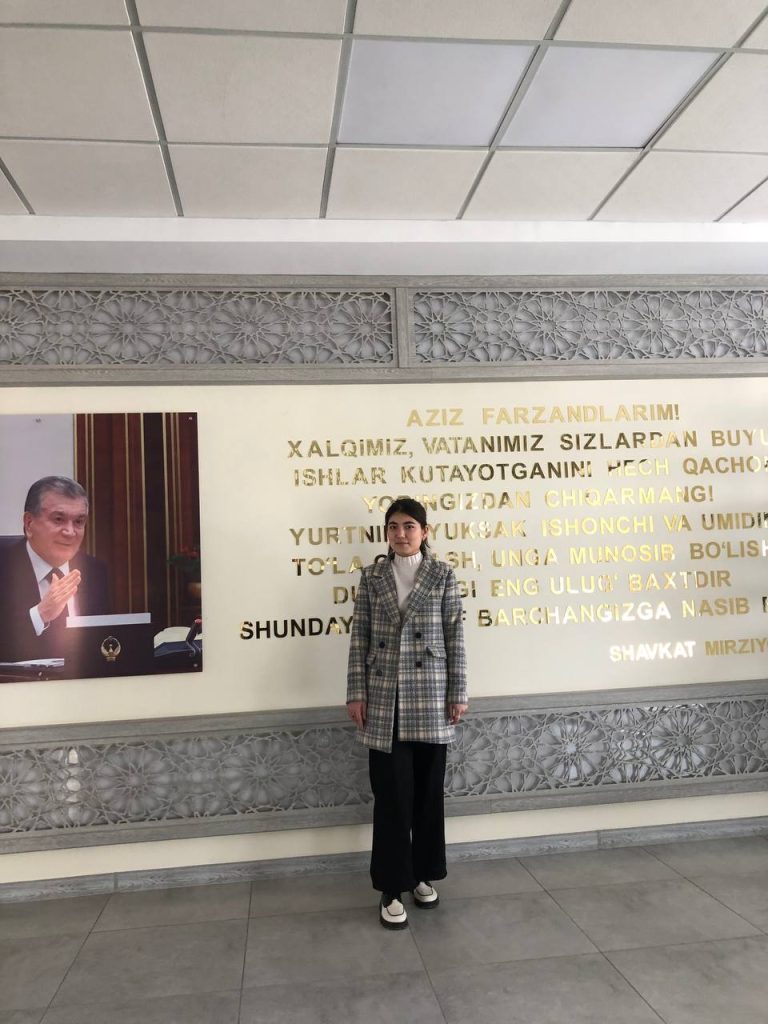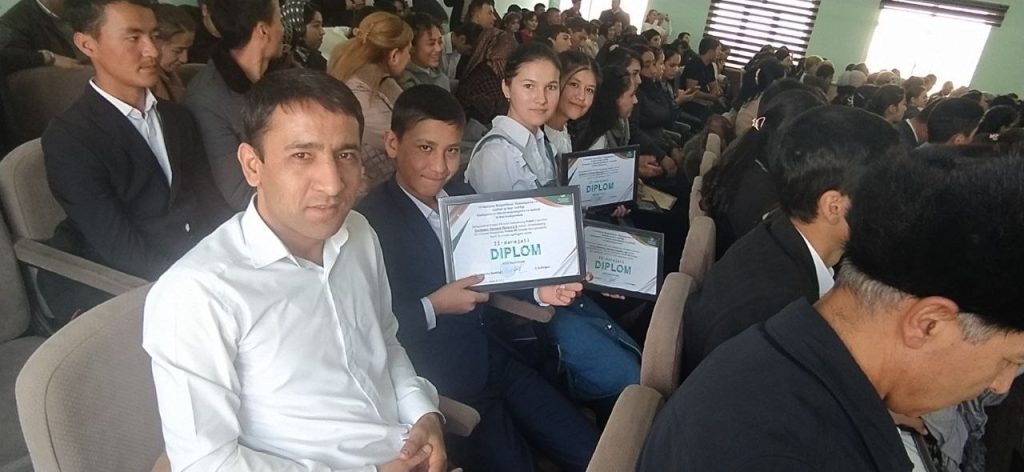Napkin Notes (Dawn’s Daylight Discourse and Osho) for Raquel
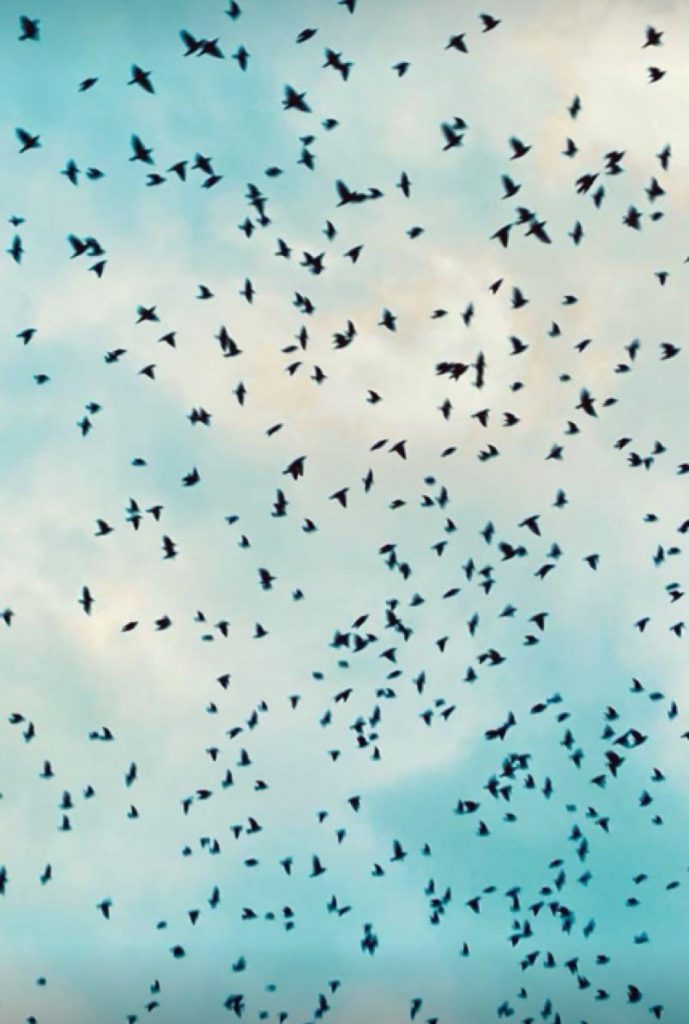
The Old Timer
Loud, but grew on me. Osho said the belly laugh is disappearing from the world and once it is gone the world is basically done. He has the belly laugh. People pause and look. I offer my seat to an elderly couple and he notices. He stands up. What does he want? He approaches. He announces that, ‘I can see there is one last gentleman in the world, and you are it,’ and he points at me. I tell him thanks. He goes and sits back down and continues reading his paper, while I notice not many people read a newspaper anymore.
The Sleeping One
She is dressed well, from shoes to all else,- business attire. And she sleeps every time. Then suddenly wakes up, takes a look around, uses the washroom, comes back, and leaves. She never orders anything or talks to another soul. Maybe she works night shift and day shift,- or has a sleeping disorder, or likes to rest. It’s okay. For instance, Osho told his university teachers that he napped every afternoon at a certain time and would be sleeping in class, and not to disturb him during that time.
The Crossing Guard
Upbeat. Happy. Aged. Looks a bit like Henry Miller with his bald head. walks far he tells the others. Still, a solitary sort. Kind. Good hearted. Much energy. Reads. Writes. Is focused. Seems healthy. Balanced. Miller lauds Gurdjieff, who is Osho’s favourite. These things I think while staring out windows at the new sun.
The Reader
A bag of books. He is a veteran of a war. Pauses to stare in the air I suppose to think about a passage he just read. Subjectively and personal experience must be valid or there would be no book or writer or just one book and that’s it. Or, maybe he is reading history or about architecture or something. Osho in real life arrived at the library every morning before the librarian and waited to be let in. He was dedicated to reading.
The Missionaries
These ones pretend to be your best friend right away. But they are not that different than telemarketers as they follow a basic script. First they introduce themselves. Then they talk and go in steps trying to get you to go to their church. They are allowed some leeway to meet again if necessary with two more of their ilk present. That is, if they think you are worthwhile mark, meaning they can get you to church. once you state disinterest,- they will not speak w/you again. why not? Because they never liked you in any way to begin with, therefore why would they? God’s people it seems, don’t believe in internet, music, reading, friendship, movies, or much else. there is a dress code, and they can only be separate while using a bathroom and at other time. Their God is a micro manger, a strict task master. Cults are interesting. But only for a few minutes. Osho said if that particular group that they kind, but had strange beliefs.
The Vacant
Three and they do nothing and talk about nothing. If one has had a mini-crisis- the one will cry briefly and the other two will console her. They arrive in high end Mercedes and other. There is not a scuff on their shoes and they are over accessorized. They look a bit like clowns. What they add to the world is beyond me. Osho used the word, ‘somnambulist’ a lot. May I get struck by lightning but, c’mon…
The Proletariat
Van. Boots. Coffee. Shift. No nonsense. That’s about it. A city worker. Smart though. Osho says that it is a mistake to think that there are only hands and heads,- because heads have hands and hands have heads. This is the impression I get also.
The Asshole
He buds, cuts in front of other people. I wonder if it’s me being too analytical but the two he budded in front of sit beside me. One leans over and mentions to the other, ‘That guy is plain mean.’ And the other nods. The asshole is so self involved I don’t think he even cares on any level. He’s not ‘being’ an asshole. He ‘is’ an asshole. Probably all the time,- like a way of life. He is probably also a person who throws his garbage in the street. Osho said don’t treat the earth as your garbage can.
The Hockey Captain
He wants to talk to me because i am wearing a New York Rangers wool winter hat. But I tell him it’s really just because the hat is comfortable and I do whatever I want that way. He thought for a second I might have played for them, as he did, because why would a Toronto resident wear that? He is nice. A bruiser. He was the captain. A long time ago. He wears a hockey ring. I don’t like hockey anymore. I played too much. It’s all I did when everyone else was at the movies or working part time jobs or studying. And the ring. I guess to each his own. But Osho says even winning a beauty pageant can be a curse, because you were once Miss Wherever and might never get over it, might keep that idea in your self your whole life and not be present. Osho says he used to jog every morning and then stopped. That the people said he had lost it. But he didn’t need it anymore. Had found a better ‘it.’
The Super Rich
These two are from another planet. Totally silent. They don’t even say a word to one another. Unlike the faux world though,- they don’t flaunt, but ARE. There is nothing wrong in their aura and atmosphere it is their path. But how boring. They must have no story to tell at all. I don’t know why they go there, and not somewhere else,- but there must be something they like there. Just looking at them makes you want to fall asleep. Osho says the truth can wait a long time because it is the truth. Maybe they are good. Who knows?
The Homeless
He keeps his cans outside. In bags. Talks to everyone. He’s okay overall. He only goes in there in the summer months. Has a bike. Healthier looking than anyone and more tanned. Older now. Where he goes is a mystery. Very awake, perceptive. His eyes look absolutely everywhere all the time. On alert. Has developed almost a sixth sense for survival and life. I’ve seen this before. Probably a better judge of character than any psychologist or councillor in the entire world. through hard fought experience
and actual living. Osho says what you want if you can get it is the look in the eyes of that person you saw that for whatever reason has become disengaged from society.
The Europeans
They gather and talk. It used to be like that in the malls, moreso when there was smoking. Nice enough. Sometimes one paws a rosary or other prayer bead on a string. I like their sweaters. Sweaters only for warmth. Olden days. Before me even. Kind of hermetic that group,- but all groups are I suppose. They understand one another deeply on all levels more than they even know. Osho says to enjoy the group if it is there and also solitude if it is there.
The Nigerians
These are the hardest workers and the smartest or tied in smarts and work ethic with others. I like them very much. There is a toughness and a kind hearted way that live somehow meshed together. I don’t know them anymore but used to work alongside them. Strong in body and spirit and mind. Osho talks of Zorba the Buddha, a phrase he coined to express the marriage of opposite temperaments into one wholistic unified consciousness. Earth and sky.
The Narcissist
There is nothing you can say to that one. They will just relate it to themselves. Impossibly narrow, more narrow than narrow,- more like a child than even children in their outlook. And the narcissist is Selfish. Dark. Materialistic. Manipulative. It’s best to stay away. Even small brief interactions are bad. They only see others for what they can provide for them. They are actors. They are not communicating out of any sense of genuine self,- but from a false self. They are ugly. They have such a bad atmosphere. Like poison. Or garbage left out somewhere on a hot summer day. I suppose Osho would call the person unconscious.
The Empath
Their plight is difficult. They can sense the others and hardly turn the perception down or off. Oh well. Hopefully the whole or source or god will heal and/or guide them. But it’s good to remain in the light as much as possible while navigating a dark world. Osho says he can be silent for four years so that those who truly know him will stilll know him in the heart.
The Narc
He tells people he parks there to get away from his wife. But he asks people strange questions. He is a cop all the way. I knew by looking at him from twenty feet away. There is a set of people he is following, keeping tabs on. Three people actually. Two close together and a third more loosely affiliated. It’s interesting. When they disappeared, he disappeared. They always pull the narc from an area really fast if there is no use for them. Osho is not for marriage. Perhaps the narc knows most people also aren’t, even if secretly against it.
The Techie
Quiet. To himself. Kind of a hipster. A strap that keeps the glasses on. Thirties but fully grey hair. Happy. Regular. Just living. Many computers and phones. No drama. Could probably fix any problem like that in minutes. Osho says to plant a rose garden and the world will be for you. Such is methinks finding a passion.
The Drug Dealer Wannabe
He’s dumb. He reads all the labels of the bottles he stole or bought but thinks nobody is watching. Someone comes close and he scrambles to shove them in a bag again. He is not sure what some of the pills even are. Darting eyes. Osho says the problem with stealing something is only half you might get caught. The other half is that a cloud comes over the thief, a certain sense-aura- atmosphere-, and settles around him. This one is like that. His energy is completely messed up. Osho says many are stumbling around.
The Bible Group
These ones are different than the other missionaries. Same religion but they just study to themselves. They are actually deep. In love and with and dedication to the meaning of scripture. And they have each other. The Good Book, the church wherever it is, and yes,- their larger community and smaller group. They have their mind and heart on more profound things than most others. Good for them, I think, though am no one to say. Jesus comes to a devotee of Osho and says to leave. The devotee tells Osho and Osho agrees right away, that the devotee should leave. Osho gives his greatest discorse on his favourite gospel, the apocryphal Gospel of St. Thomas, and provides esoteric and deeply textured insights into Jesus and his followers.
~~~~~
